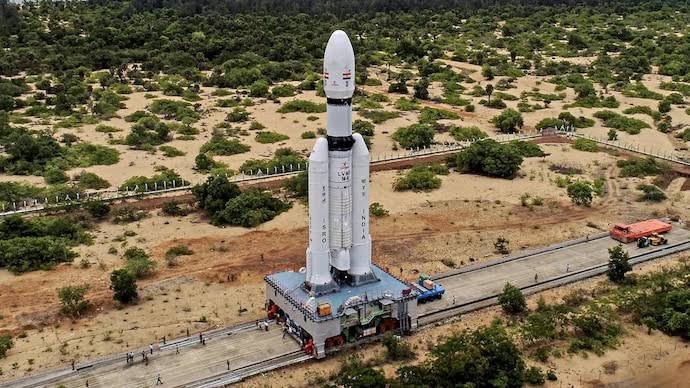Marking a Significant Achievement on January 29
The 100th Launch in India In the history of space exploration, ISRO is a significant occasion. This milestone, which is set for January 29, will be the 100th mission to successfully launch from Sriharikota’s Satish Dhawan Space Centre (SDSC). The NVS-02 satellite will be launched into a Geosynchronous Transfer Orbit (GTO) by the GSLV-F15 rocket, which is the main component of this mission. This historic event not only demonstrates ISRO’s technological prowess but also solidifies India’s standing as a major space power.
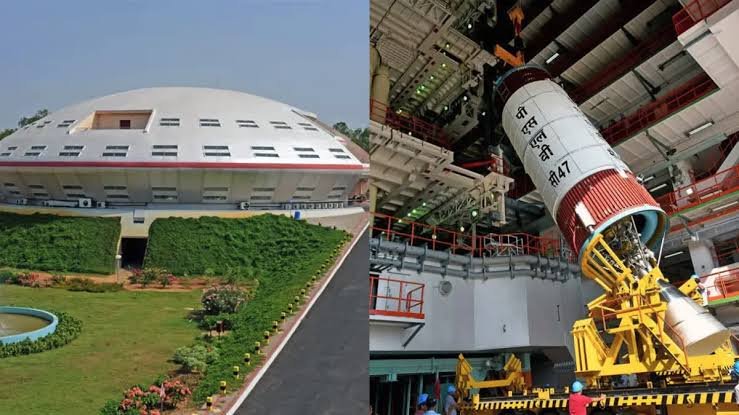
The ceremony, which will take place from SDSC’s second launch pad, will highlight the state-of-the-art facilities and infrastructure that have underpinned ISRO’s continuous success over the years. As the countdown starts, the country is united in celebrating this incredible accomplishment, which is the result of decades of hard work, creativity, and greatness.
GSLV-F15: A feat of engineering
An outstanding illustration of India’s engineering expertise is the Geosynchronous Satellite Launch Vehicle (GSLV-F15). This rocket, which has a indigenous cryogenic upper stage, is essential for putting large loads into exact orbits. Because it is intended to launch the NVS-02 satellite into orbit with unmatched precision, it plays a crucial part in ISRO’s 100th Launch.
Among the GSLV-F15’s salient characteristics are:
An example of self-reliance in advanced rocket propulsion technology is the Indigenous Cryogenic Stage:.
Heavy Payload Capability: able to transport down to 2,250 kg satellites into GTO.
Accuracy and Dependability: Improved navigation systems guarantee the satellite smoothly enters its desired orbit.
The NVS-02 satellite’s successful launch will enhance the GSLV’s standing as a dependable workhorse in ISRO’s launch vehicle fleet.
NVS-02: Enhancing the NavIC System in India
An essential part of India’s Navigation with Indian Constellation (NavIC) system is the NVS-02 satellite. As the second satellite in the NVS series, it improves navigation services throughout India and the neighboring areas by building on the work of its predecessor, NVS-01.
NavIC: What is it?
India has its own regional navigation satellite system called NavIC, which was created to deliver precise Position, Velocity, and Timing (PVT) services. It covers strategic and economic zones and reaches up to 1,500 km outside the Indian subcontinent, serving users within India.
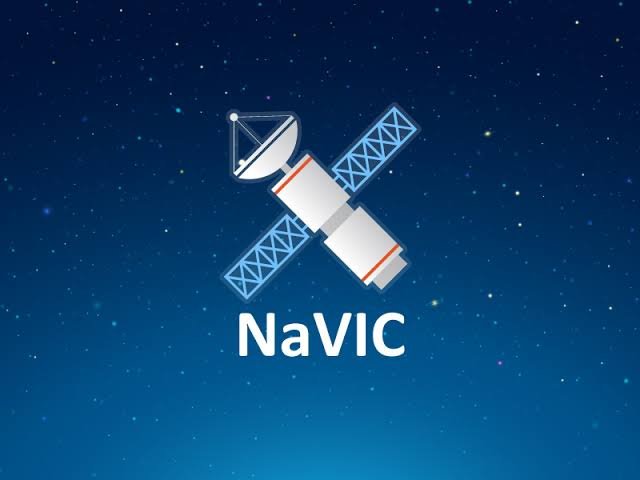
There are two main services that NavIC provides:
- All users have access to the Standard Positioning Service (SPS), which has an accuracy of more than 20 meters.
- Restricted Service (RS): An encrypted service that guarantees security and dependability for sensitive applications, only available to authorized users.
NVS-02 Features
The NVS-02 satellite is intended to add cutting-edge capabilities to the NavIC system, such as:
For a wide range of applications, multi-band payloads can operate in the L1, L5, and S bands.
The use of C-band Ranging Payload guarantees accurate orbit determination.
Enhanced Atomic Clocks: A mix of purchased and domestic atomic clocks that can estimate time with an accuracy of nanoseconds.
Power Efficiency: Outfitted with a roughly 3 kW power handling capacity.
Strategic Placement: The outdated IRNSS-1E satellite at longitude 111.75°E will be replaced.
By providing dependable services for both civilian and strategic needs, these features guarantee that NavIC will continue to compete with international navigation systems such as GPS, GLONASS, and Galileo.
Satish Dhawan Space Center’s Legacy
India’s space aspirations are closely associated with the Satish Dhawan Space Centre (SDSC) in Sriharikota. The spaceport, which bears the name of Dr. Satish Dhawan, one of ISRO’s founding leaders, has served as the starting point for innumerable missions that have improved India’s standing in the international space community.
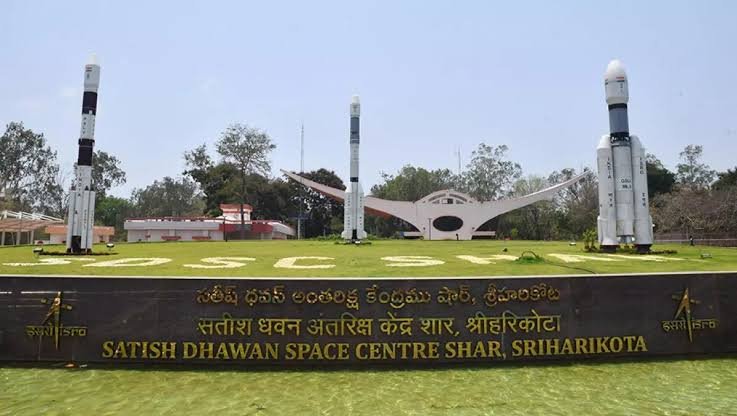
SDSC Milestones Achieved
1. Diverse Launches: SDSC has supported a diverse range of launches, from interplanetary missions to communication satellites.
2. Advanced Infrastructure: Outfitted with cutting-edge testing facilities, assembly facilities, and launch sites.
3. International Partnerships: Supporting India’s space economy by hosting launches for overseas customers.
4. Operational Excellence: A history of dependability and accuracy in carrying out missions.
The 100th Launch ISRO is evidence of SDSC’s outstanding history and its vital contribution in India’s space endeavors.
Indigenous Innovation: A Foundation for Achievement
ISRO’s success can be attributed in part to its focus on domestic innovation. This philosophy is best demonstrated by the creation of the NVS-02 satellite and the GSLV-F15 rocket. ISRO has continuously pushed the limits of innovation, from developing sophisticated cryogenic engines to incorporating state-of-the-art atomic clocks.
Advantages of Native Technologies
Reducing dependence on costly foreign technologies is the first step towards cost efficiency.
Strategic Independence: Maintaining independence in crucial facets of space travel.
Skill Development: Creating a workforce with the necessary skills to manage complicated technologies.
International Competitiveness: Improving India’s position in the global space industry.
The Wider Effects of ISRO’s 100th Launch
The 100th launch has significant ramifications for India’s scientific, economic, and strategic goals; it is not merely a technological accomplishment.
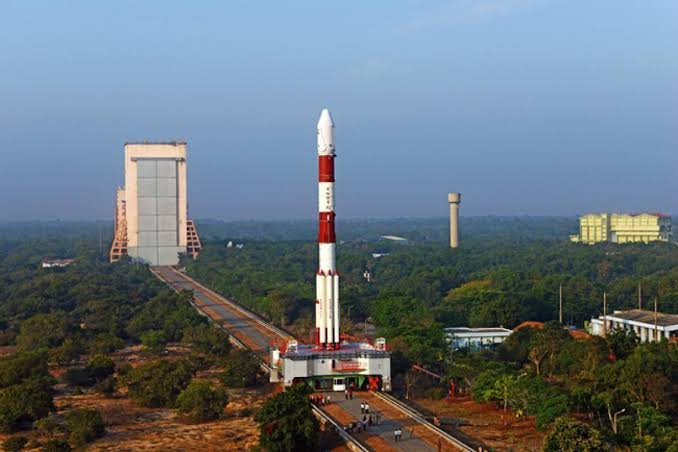
Economic Impact: –
Supporting the Space Economy: Increasing India’s standing as a top location for satellite launches; – Job Creation: Creating jobs in industries such as manufacturing, research and development, and services
Attracting Investments: Promoting private sector involvement in space projects.
Strategic Importance
National Security: Improving surveillance and navigational capabilities.
Regional Influence: Promoting regional cooperation by extending NavIC’s services to nearby nations.
Disaster Management: Using precise positioning and timing services to improve reaction times during natural disasters.
Inspirational and Educational Worth
Millions of young people in India find inspiration in ISRO’s 100th Launch. It inspires youngsters to seek professions in STEM disciplines and emphasizes how science and technology have the power to change people’s lives.
ISRO’s Upcoming Projects
ISRO is already determining the direction for upcoming missions as it commemorates its 100th launch. The following are a few of the ambitious initiatives now underway:
Continuing India’s lunar exploration with Chandrayaan-4 and 5.
Studying the Sun’s corona to comprehend solar processes is the second goal of the Aditya-L1 mission.
Gaganyaan: A historic milestone was reached with the launch of Indian astronauts.
Space tourist: Examining prospects in the new space tourist industry.
Final Thoughts
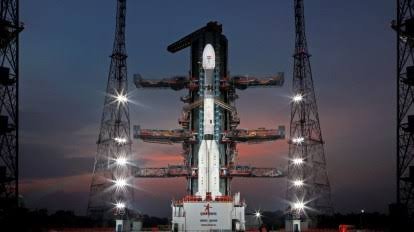
Decades of commitment, ingenuity, and quality are reflected in the historic 100th Launch ISRO. In addition to improving India’s navigational capabilities, the successful launch of the NVS-02 satellite will bolster ISRO’s standing as a world leader in space exploration. The message is obvious as the country commemorates this milestone: India’s space voyage is only getting started, and the opportunities are endless.

